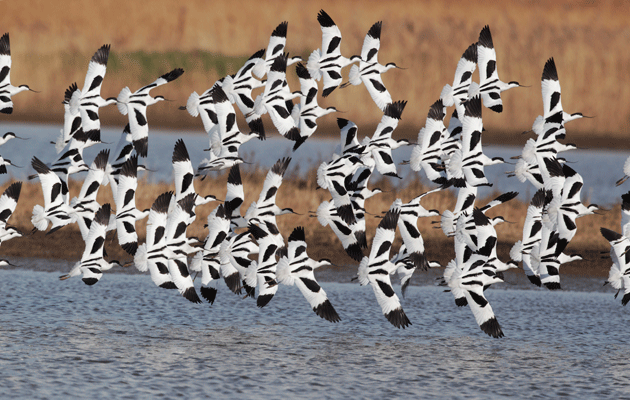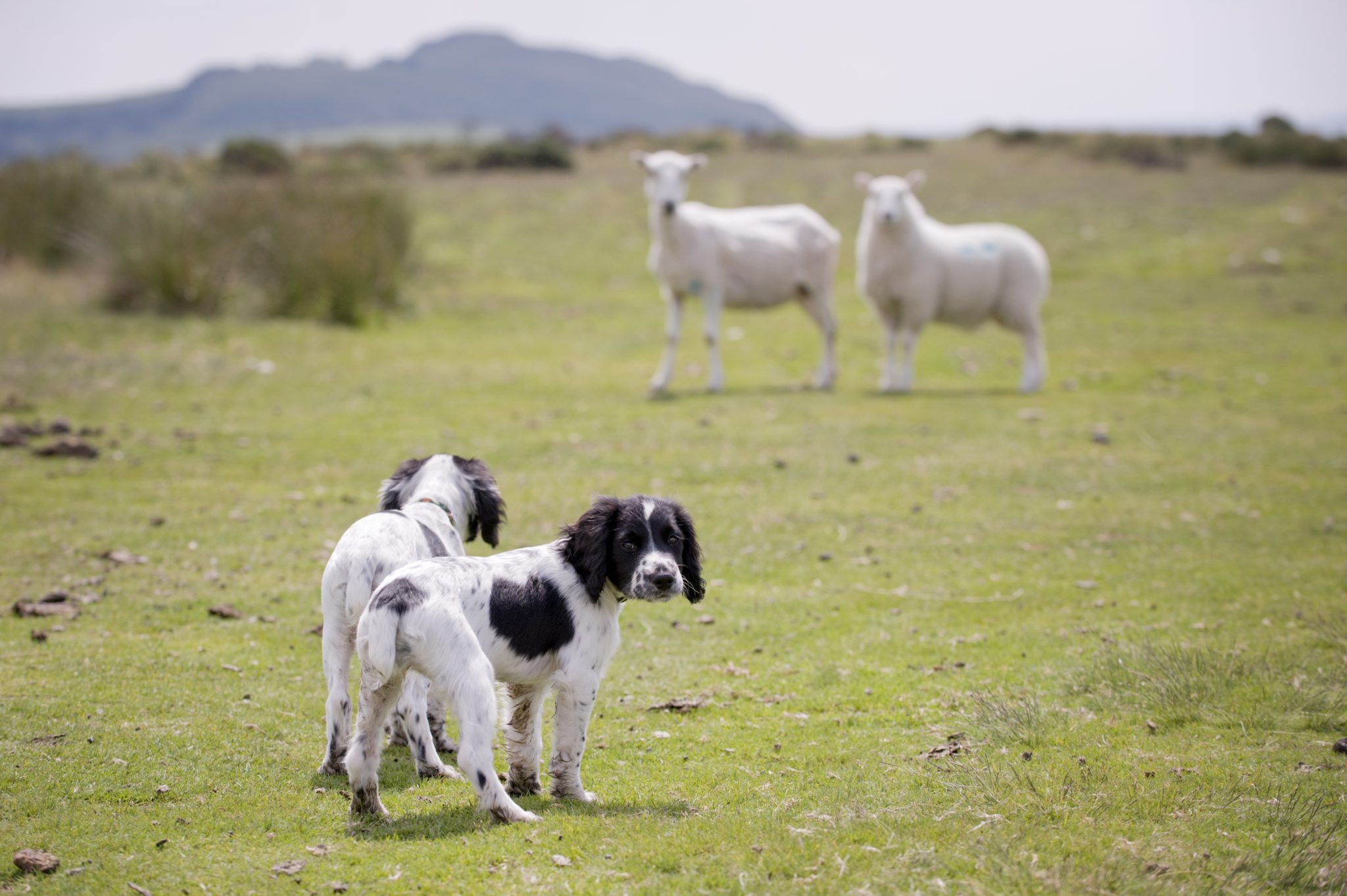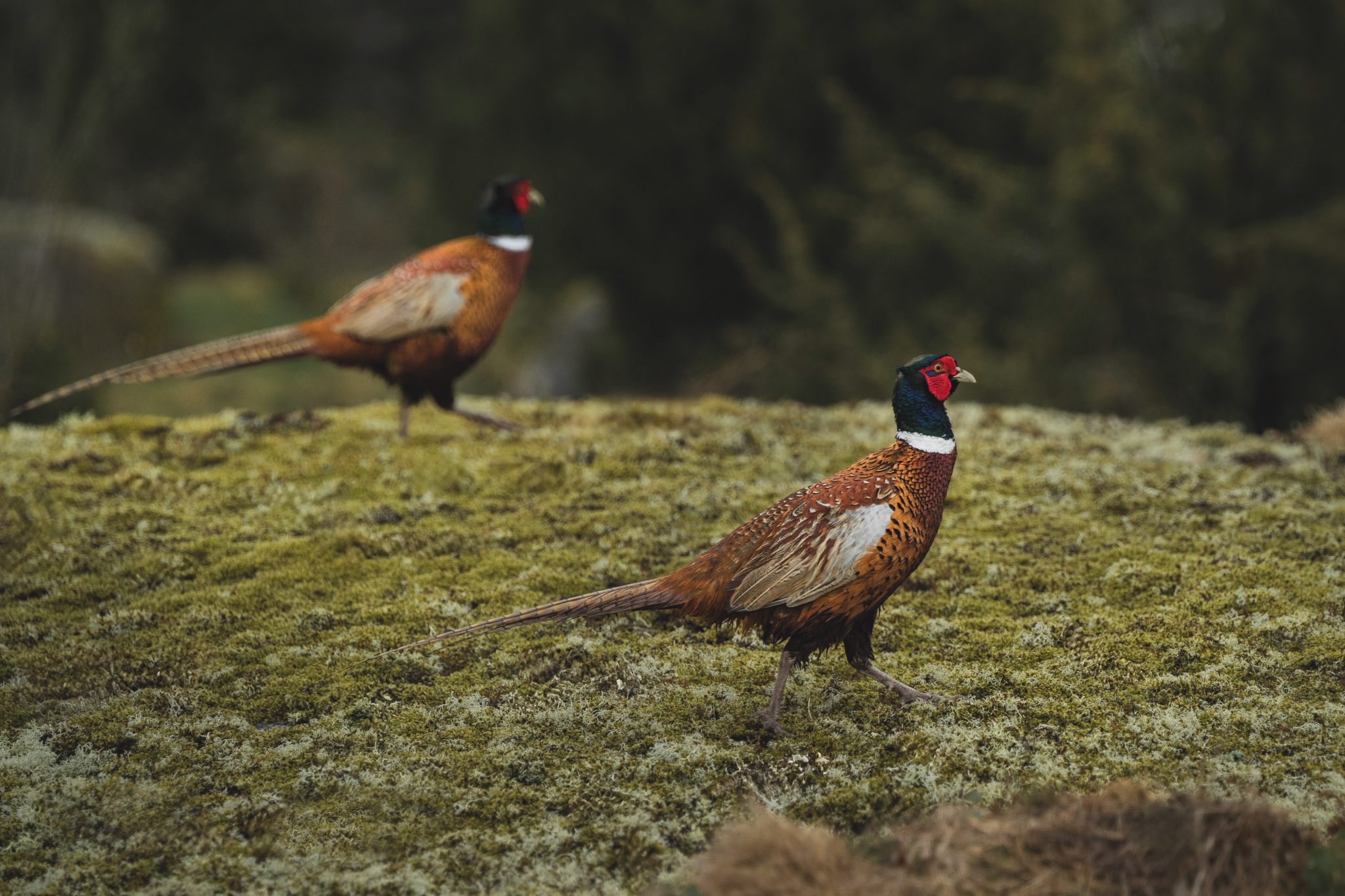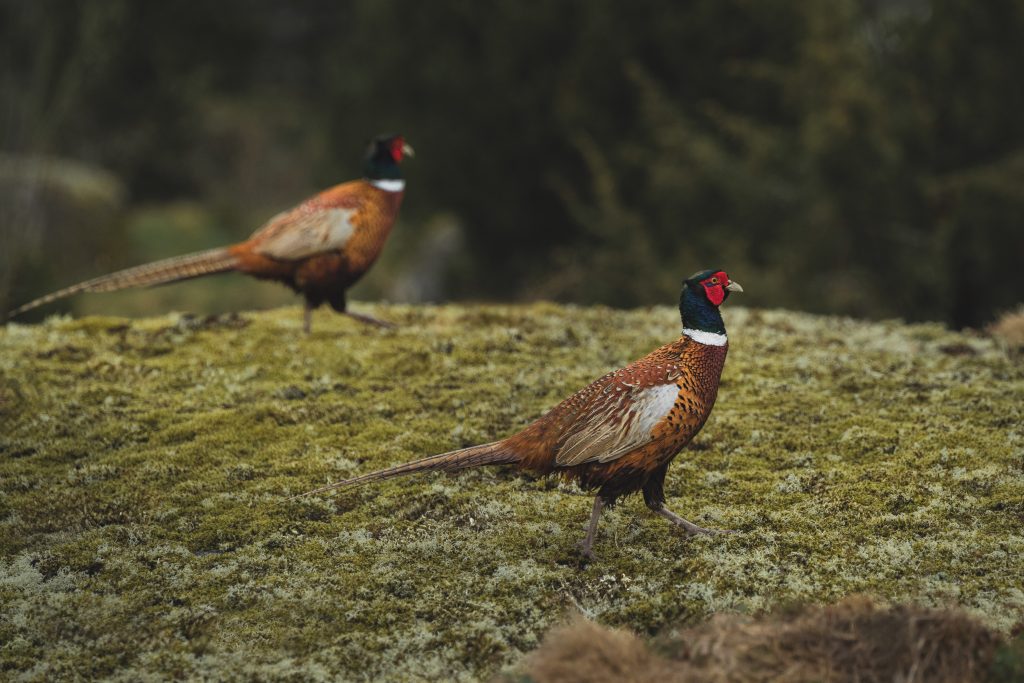Win CENS ProFlex DX5 earplugs worth £1,149 – enter here
Britain’s wild birds in decline
The latest figures from DEFRA confirms that Britain's wild bird decline continues, with numbers down across different habitats and species

The past 40 years have seen Britain’s overall breeding wild bird population shrink by 12 percent, according to the latest figures released by DEFRA and the Office for National Statistics.
The degree of decline varies by species and habitat, though some birds buck the negative trends affecting their near neighbours:
- Farmland birds have fared the worst, with numbers dropping by 55 per cent since 1970
- Woodland birds are down 28 per cent
- Seabirds are at their lowest level and down by 24 per cent on 1986
- Water and wetland birds have declined by 17 per cent
With the exception of woodland birds, declines of around ten per cent have also been noted in the past five years, indicating that populations are still suffering.
Populations of wintering waterbirds, in contrast, have overall seen marked increases since the 1970s – with an almost sevenfold increase in avocets – but the last decade has seen growth falter and, in the case of wintering waders, reverse. Some species of wintering wader, including the ringed plover and dunlin, never saw an increase and are more than a third down on their 1970s levels.
The report lists potential causes of the farmland bird decline, which include changes in land management, intensification of farming, the increased use of pesticides and fertilisers and removal of hedgerows. For waders, land management changes, in particular drainage, are cited as key factors along with predation. Woodland birds are thought to have been negatively affected by increased pressure from deer browsing and lack of woodland management. For migrants, overseas factors are also potentially significant.
Some of the few species that have seen increases inspite of the general wild bird decline are jackdaws, woodpigeon, mallard, tufted duck, great spotted woodpecker and sparrowhawk.
To read the latest figures in full, visit http://po.st/UKBirds14.
Related Articles
Get the latest news delivered direct to your door
Subscribe to Shooting Times & Country
Discover the ultimate companion for field sports enthusiasts with Shooting Times & Country Magazine, the UK’s leading weekly publication that has been at the forefront of shooting culture since 1882. Subscribers gain access to expert tips, comprehensive gear reviews, seasonal advice and a vibrant community of like-minded shooters.
Save on shop price when you subscribe with weekly issues featuring in-depth articles on gundog training, exclusive member offers and access to the digital back issue library. A Shooting Times & Country subscription is more than a magazine, don’t just read about the countryside; immerse yourself in its most authoritative and engaging publication.







